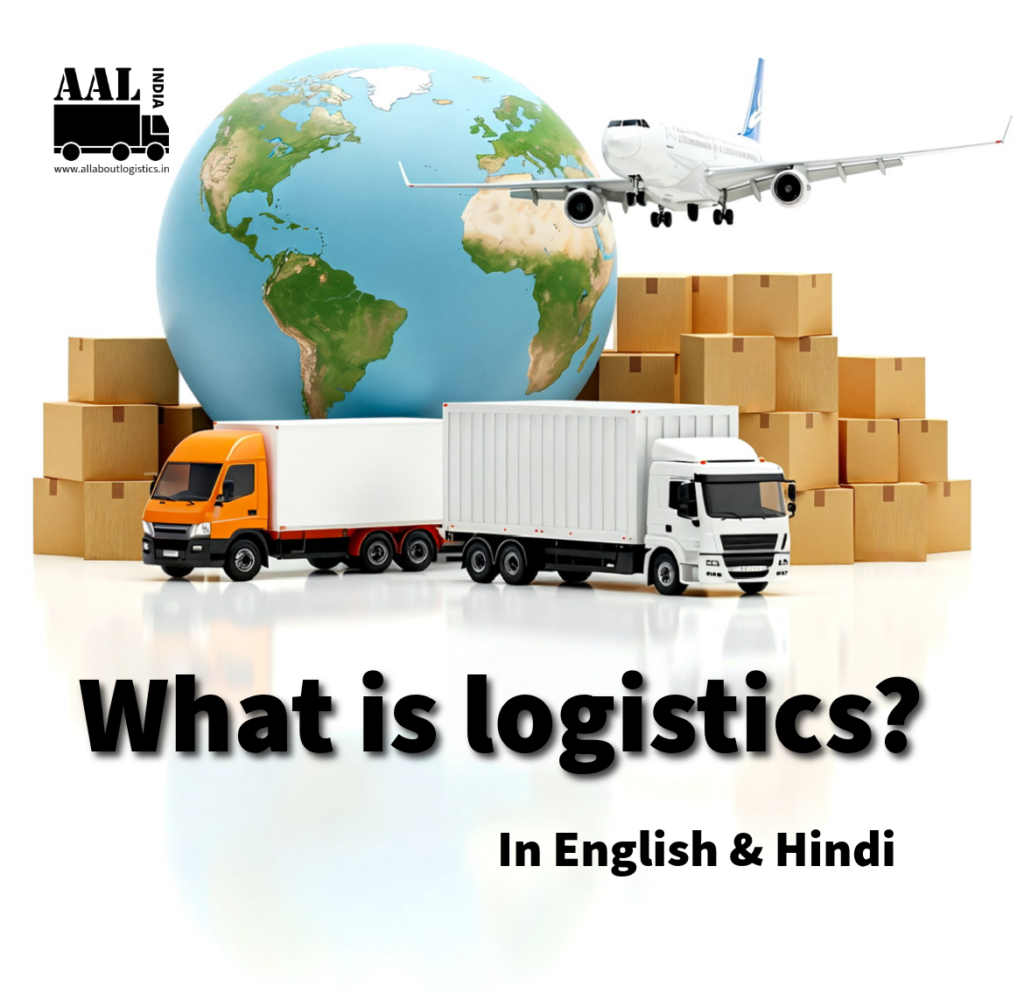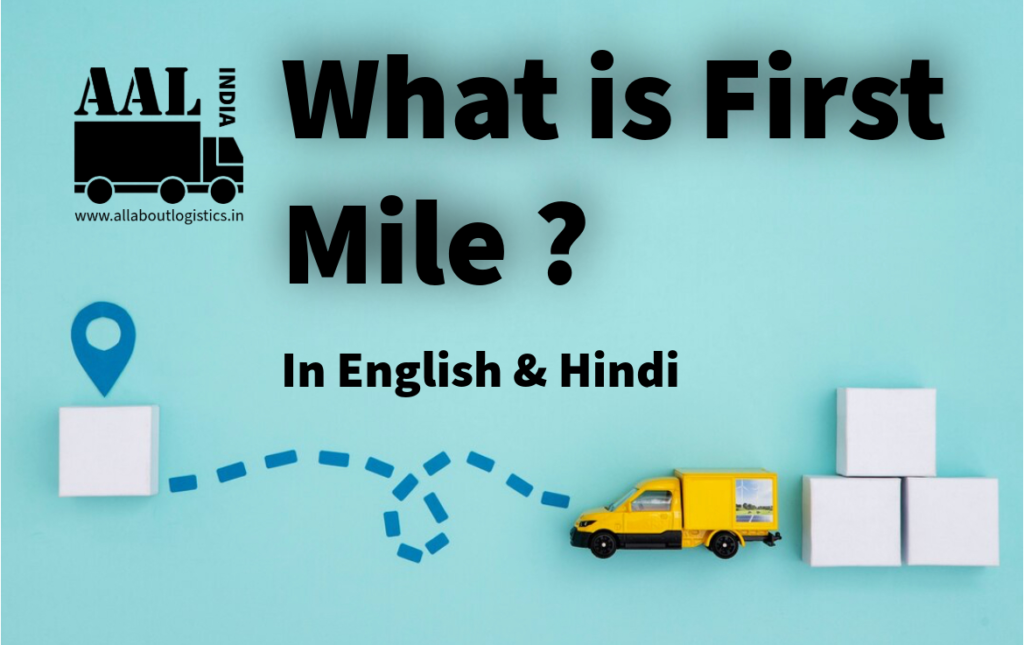Introduction to Quick Commerce
Quick commerce, commonly known as Q-commerce, is the next evolution of e-commerce. It focuses on delivering goods and essentials to customers in as little as 10 to 30 minutes. Unlike traditional e-commerce that often takes a day or more to deliver, Q-commerce leverages hyperlocal supply chains, small-format dark stores, and tech-enabled logistics to ensure rapid delivery.
क्विक कॉमर्स, जिसे क्यू-कॉमर्स कहा जाता है, ई-कॉमर्स का अगला चरण है। इसका उद्देश्य ग्राहकों को जरूरी सामान जैसे कि किराना, दवाइयाँ या दैनिक उपयोग की वस्तुएं 10 से 30 मिनट के भीतर डिलीवर करना है। पारंपरिक ई-कॉमर्स की तुलना में, जिसमें डिलीवरी में एक दिन या उससे अधिक लग सकता है, क्यू-कॉमर्स हाइपरलोकल सप्लाई चेन, छोटे डार्क स्टोर्स, और टेक-इनेबल्ड लॉजिस्टिक्स का उपयोग करके बहुत तेज़ डिलीवरी प्रदान करता है।
How Quick Commerce Works
The core of Q-commerce lies in proximity and technology. Companies set up dark stores or micro-warehouses in densely populated urban areas. These stores stock fast-moving essential items. Once a customer places an order via a mobile app, the system automatically assigns the nearest delivery executive and picks the items from the closest warehouse to ensure delivery within minutes.
क्यू-कॉमर्स का मूल आधार है नज़दीकी और तकनीक। कंपनियाँ शहरी इलाकों में छोटे-छोटे डार्क स्टोर्स स्थापित करती हैं, जहाँ ज़रूरी और जल्दी बिकने वाला स्टॉक रखा जाता है। जब कोई ग्राहक ऐप के माध्यम से ऑर्डर करता है, तो सिस्टम अपने आप सबसे नजदीकी डिलीवरी एग्जीक्यूटिव को असाइन करता है और सबसे पास के स्टोर से सामान उठाकर कुछ ही मिनटों में डिलीवरी कर दी जाती है।
Examples of Quick Commerce Players in India
India’s Q-commerce space is growing rapidly. Companies like Zepto, Blinkit (formerly Grofers), Swiggy Instamart, Dunzo, and BigBasket Now are leading the charge. Zepto, for example, promises delivery in 10 minutes and has become a household name in major Indian cities. Blinkit has also pivoted to a full Q-commerce model, abandoning its earlier scheduled delivery format.
भारत में क्यू-कॉमर्स क्षेत्र बहुत तेज़ी से बढ़ रहा है। Zepto, Blinkit (पहले Grofers), Swiggy Instamart, Dunzo, और BigBasket Now जैसी कंपनियाँ इस क्षेत्र की अगुवाई कर रही हैं। उदाहरण के लिए, Zepto 10 मिनट में डिलीवरी का वादा करती है और यह प्रमुख भारतीय शहरों में लोकप्रिय हो चुकी है। Blinkit ने भी अपनी पुरानी शेड्यूल्ड डिलीवरी को छोड़कर पूरी तरह से क्यू-कॉमर्स मॉडल अपना लिया है।
Consumer Behavior and Trends
Urban Indian consumers, especially millennials and Gen Z, now prefer speed and convenience. Busy lifestyles, nuclear families, and the rise of remote work have made them lean towards platforms that save time. Impulse purchases like snacks, beverages, or even missing ingredients while cooking are some of the biggest drivers of Q-commerce demand.
भारत के शहरी उपभोक्ता, खासकर मिलेनियल्स और Gen Z, अब गति और सुविधा को प्राथमिकता देते हैं। व्यस्त जीवनशैली, छोटे परिवार, और वर्क फ्रॉम होम जैसे ट्रेंड्स ने लोगों को उन प्लेटफॉर्म्स की ओर आकर्षित किया है जो समय की बचत करते हैं। स्नैक्स, पेय पदार्थ, या खाना बनाते समय किसी सामग्री की कमी — ऐसी तात्कालिक जरूरतें क्यू-कॉमर्स की मांग को बढ़ा रही हैं।
Technology Driving Q-Commerce
The backbone of Q-commerce is technology. These platforms use AI-based algorithms to forecast demand, manage inventory in real-time, and optimize delivery routes. Mobile apps are designed to offer a smooth and quick ordering experience. GPS tracking, customer feedback, and smart warehousing are all integrated to ensure efficiency and customer satisfaction.
क्यू-कॉमर्स की रीढ़ तकनीक है। ये प्लेटफॉर्म AI-आधारित एल्गोरिदम का उपयोग करते हैं जो मांग का पूर्वानुमान लगाते हैं, स्टॉक को रियल टाइम में मैनेज करते हैं और डिलीवरी रूट को ऑप्टिमाइज़ करते हैं। मोबाइल ऐप्स को इस तरह डिज़ाइन किया गया है कि ग्राहक कुछ ही क्लिक में ऑर्डर कर सके। GPS ट्रैकिंग, ग्राहक फीडबैक और स्मार्ट वेयरहाउसिंग जैसी सुविधाएँ भी इसमें शामिल हैं।
Challenges Faced by Q-Commerce in India
Despite the growth, the Q-commerce model is not without challenges. Unit economics remain a concern — high delivery costs, discounting, and warehousing expenses make it difficult to achieve profitability. Also, traffic congestion, labor shortage, and ensuring consistent 10-minute delivery are tough tasks in Indian cities.
हालांकि यह क्षेत्र तेज़ी से बढ़ रहा है, लेकिन क्यू-कॉमर्स मॉडल में कई चुनौतियाँ भी हैं। सबसे बड़ी चुनौती है लाभदायकता। तेज़ डिलीवरी के लिए अधिक खर्च, डिस्काउंट, और वेयरहाउसिंग लागत से प्रॉफिट मार्जिन कम हो जाता है। साथ ही, शहरी ट्रैफिक, डिलीवरी स्टाफ की कमी, और हर बार 10 मिनट में डिलीवरी सुनिश्चित करना भी कठिन है।
Opportunities and Future Potential
India’s quick commerce market is expected to reach $5 billion+ by 2025, according to industry reports. With growing smartphone penetration, digital payments, and changing consumer habits, Q-commerce is poised to expand to Tier 2 and Tier 3 cities as well. Innovations like EV-based delivery, drone delivery (in future), and AI-driven forecasting will improve scalability and sustainability.
रिपोर्ट्स के अनुसार, भारत में क्यू-कॉमर्स बाजार 2025 तक $5 बिलियन से अधिक पहुँच सकता है। स्मार्टफोन, डिजिटल पेमेंट्स और उपभोक्ता व्यवहार में बदलाव के कारण, यह मॉडल टियर 2 और टियर 3 शहरों में भी पहुँच सकता है। इलेक्ट्रिक वाहन, ड्रोन डिलीवरी (भविष्य में) और AI-आधारित भविष्यवाणी जैसे इनोवेशन इस सेक्टर को और टिकाऊ और स्केलेबल बनाएँगे।
Government and Regulatory Concerns
As Q-commerce grows, there is rising attention from government bodies around data privacy, labor laws, and consumer rights. Ensuring fair wages, preventing delivery partner exploitation, and setting standard delivery time regulations are areas being discussed. Environmental concerns due to increased packaging waste are also a factor.
जैसे-जैसे क्यू-कॉमर्स बढ़ रहा है, वैसे-वैसे सरकार और नियामक संस्थाएं भी डेटा सुरक्षा, श्रमिक कानून, और उपभोक्ता अधिकारों पर ध्यान दे रही हैं। डिलीवरी पार्टनर्स को उचित वेतन देना, उनके शोषण को रोकना और डिलीवरी टाइम पर मानक तय करना अब चर्चा का विषय हैं। पैकेजिंग से उत्पन्न कचरे को लेकर पर्यावरणीय चिंता भी एक महत्वपूर्ण मुद्दा है।
Conclusion
Quick commerce is not just a trend; it is a transformative force in the Indian retail and e-commerce space. With a growing young population, rapid urbanization, and tech-savvy consumers, India is perfectly positioned to become a global leader in Q-commerce innovation. However, maintaining speed while ensuring profitability, sustainability, and ethical operations will define long-term success.
क्विक कॉमर्स सिर्फ एक ट्रेंड नहीं है, बल्कि यह भारत के रिटेल और ई-कॉमर्स क्षेत्र में एक बड़ा बदलाव ला रहा है। युवा आबादी, तेज़ शहरीकरण और टेक-फ्रेंडली उपभोक्ताओं के चलते भारत इस क्षेत्र में वैश्विक नेतृत्व करने की क्षमता रखता है। हालांकि, तेजी के साथ-साथ लाभदायकता, स्थायित्व और नैतिक संचालन को संतुलित करना ही इसकी लंबी सफलता की कुंजी होगा।

